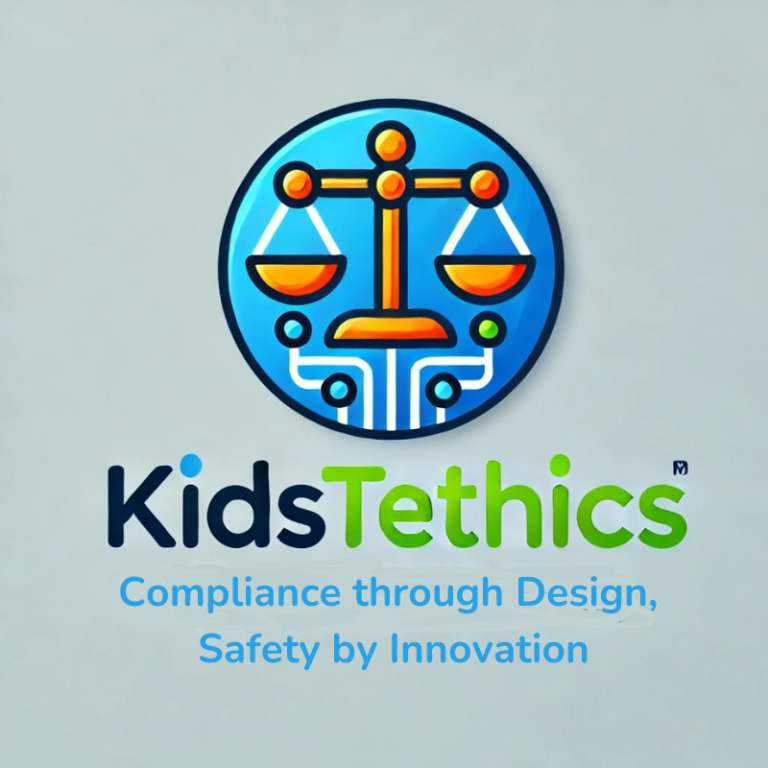Analysis of GPT-4o System Card for Potential Compliance Failures:
Potential Compliance Failures:
- Lack of Clear Compliance Framework: The GPT-4o System Card doesn’t explicitly reference any specific compliance standards or frameworks. This makes it difficult to assess compliance against established benchmarks.
- Limited Scope of External Red Teaming: While the report mentions external red teaming, it doesn’t elaborate on the specific methodologies, evaluation criteria, or the extent of third-party involvement. An independent third-party auditor would need more details about the red teaming process to assess its effectiveness.
- Insufficient Data on Bias Mitigation: The report mentions efforts to reduce bias but lacks concrete data on the effectiveness of these measures. An independent auditor would need quantitative data on bias metrics before and after mitigation to assess their impact.
- Limited Transparency on Model Training Data: The report provides some information on data sources but lacks transparency on data curation and filtering processes. An independent auditor would need access to detailed documentation on data selection, cleaning, and anonymization to assess potential biases.
- Lack of User-Centric Evaluation: The report focuses on technical evaluations and expert assessments but lacks user-centric feedback on the model’s impact. An independent auditor would need to assess the model’s usability, accessibility, and impact on different user groups.
- Insufficient Documentation on Incident Response: The report mentions safety mitigations but lacks details on incident response procedures and contingency plans. An independent auditor would need to assess the organization’s preparedness for handling potential AI-related incidents.
- Limited Accountability and Governance: The report lacks information on the roles and responsibilities of different stakeholders in AI governance. An independent auditor would need to assess the organizational structure and decision-making processes for AI development and deployment.
Recommendations:
- Adopt a Clear Compliance Framework: Align with established standards and frameworks to provide a benchmark for independent assessment.
- Enhance External Red Teaming: Provide detailed documentation on red teaming methodologies, evaluation criteria, and third-party involvement.
- Strengthen Bias Mitigation: Collect and report quantitative data on bias metrics to demonstrate the effectiveness of mitigation efforts.
- Increase Data Transparency: Provide comprehensive documentation on data sourcing, curation, and filtering processes to enhance trust and accountability. Their document makes no mention of how child data was considered, protected, utilized, anonymized or if there is traceability of consent for its usage.
- Conduct User-Centric Evaluations: Gather user feedback on the model’s usability, accessibility, and impact to ensure it meets user needs. Also known as Diverse Inputs and Multi-Stakeholder feedback.
- Develop Robust Incident Response Plans: Establish clear procedures for documentation, handling AI-related incidents, including communication, escalation, and lessons learned.
- Strengthen Accountability and Governance: Define clear roles and responsibilities for AI governance, including ethics, algorithmic, and child data oversight committees and that of independent oversight.
Global lawmakers, regulators, US State Attorneys General, Data Protection Commissioners, and Ministers should consider how the lack of independence in the production of AI system cards can hinder effective oversight and regulation. Ensuring transparency, accountability, and rigorous third-party audits is essential to protect consumers, prevent harm, and foster public trust in AI technologies.
OpenAI’s public GPT-40 System Card
Footnote B:
Spanning 27 self-reported domains of expertise including: Cognitive Science, Chemistry, Biology, Physics, Computer Science, Steganography, Political Science, Psychology, Persuasion, Economics, Anthropology, Sociology, HCI, Fairness and Bias, Alignment, Education, Healthcare, Law, Child Safety, Cybersecurity, Finance, Mis/disinformation, Political Use, Privacy, Biometrics, Languages and Linguistics.
